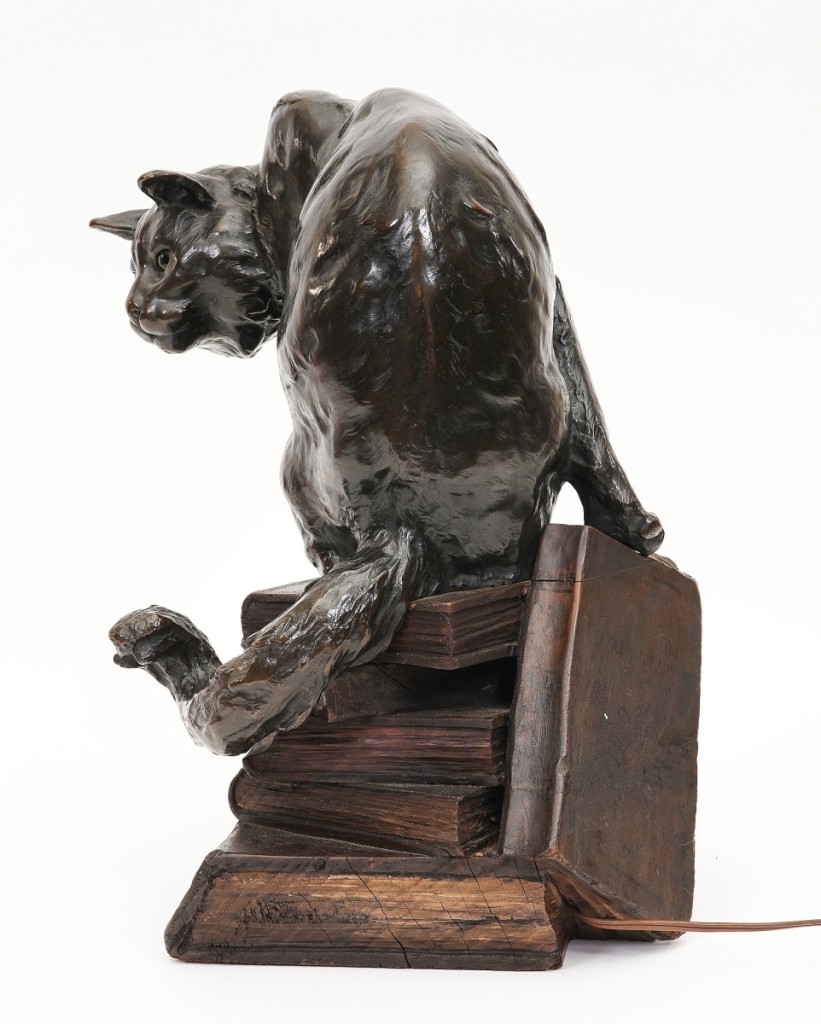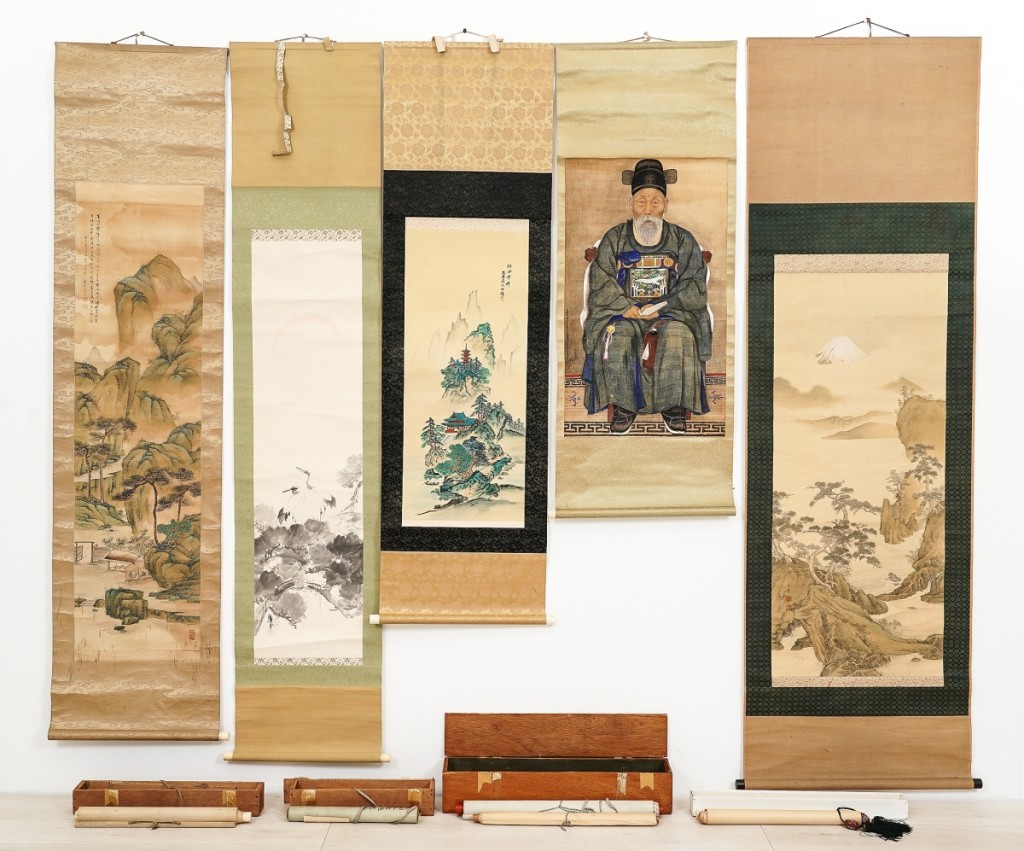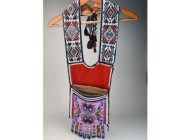
A Jean Carrit (b 1898) bronze cat led the 434-lot sale at $11,250. The unusual bronze and wood sculpture lamp of a bronze cat perched atop a wooden stack of books with a small mouse peering out from the bottom of the stack was signed Jean Carrit and dated “94.” It was won by a local Pennsylvania collector of bronzes.
Review by W.A. Demers, Photos Courtesy Wiederseim Associates
PHOENIXVILLE, PENN. – It was a Valentine’s weekend sale at Wiederseim Associates on February 12 featuring a collection of early Chinese pottery and porcelain, Japanese Imari, jade, jewelry, a collection of coin silver holloware, paintings, decorative accessories, period furniture, clocks and more. Owner Ted Wiederseim said he was pleased with results, which totaled just shy of $300,000 with 18 lots passed. About 2,000 bidders were registered on two online platforms, phones and house absentee list.
A Jean Carrit (b 1898) bronze cat won bidders’ hearts, leading the 434-lot sale at $11,250. The unusual bronze and wood sculpture lamp of a bronze cat perched atop a wooden stack of books with a small mouse peering out from the bottom of the stack was signed Jean Carrit and dated “94.” The 18½-inch-tall cat’s eyes turn green when lit. “That guy really wanted it,” said Wiederseim, referring to the local collector/dealer who is a lover of bronzes and was the successful bidder on the cat. “It was bigger than the normal bronzes that he buys.”
Someone found a collection of nine Japanese scroll paintings to be endearing, taking them way past their $1/1,500 to finish at $8,125. The collection contained some Eighteenth Century examples, including some of Kansai around Fujiyama, circa 1770. Kansai, one of Japan’s traditional cultural areas. The Kansai is a region of ancient cities to the west (sai) of the mountain barrier (kan) near Mount Fuji. It is the birthplace of the earliest Japanese state. Some of the scroll paintings were signed, some were housed in wood boxes and one was done on silk, with the longest stretching to 86 inches and the shortest at 34 inches. “The Asian market continues to be hot,” noted the auctioneer.
Fetching $6,250 was a rare large horse and sulky weathervane. Of molded copper, circa 1890, with verdigris surface and possibly by J.W. Fiske, N.Y., the 25-by-36-by-12-inch vane carried traces of gilt, some old solder repairs, dents and wear consistent with age.

Containing some Eighteenth Century examples, including some of Kansai around Fujiyama, circa 1770, this collection of nine Japanese scroll paintings was a pleasant surprise, rising $8,125 from $1/1,500 estimate.
There was more horsy-ness as a Nineteenth Century English walnut horsewhip stand crossed the block displaying an intricately carved top with crowns and armorial crests, its center shaft with carved acanthus leaves, ending with a carved horse head and hoof base. Standing 98 inches tall, it hit $5,938.
Asian material on offer yielded a Chinese Ding ware dish, which surprised by vaulting past its $200/300 estimate to gavel at $5,625. Bidders liked its creamy white ground with incised flowers and a metal rim. In Song dynasty style, it had provenance to San Francisco’s Dragon House, 1995, and measured 1½ by 7 inches.
A pair stoneware stags also outperformed their estimate at $300/400, leaving the gallery at $5,000. In a recumbent pose, each bore colorful blue glaze decoration, both approximately 10 inches high by 8 inches wide.
Finally, a Chinese reproduction celadon ewer brought more than ten times its high estimate as it realized $4,375. It was a reproduction of a Yaozhou Northern celadon piece and featured a light green color.
Prices given include the buyer’s premium as stated by the auction house. Next sale is a 500-lot single-owner collection on March 19.
For additional information, www.wiederseim.com or 610-827-1910.











